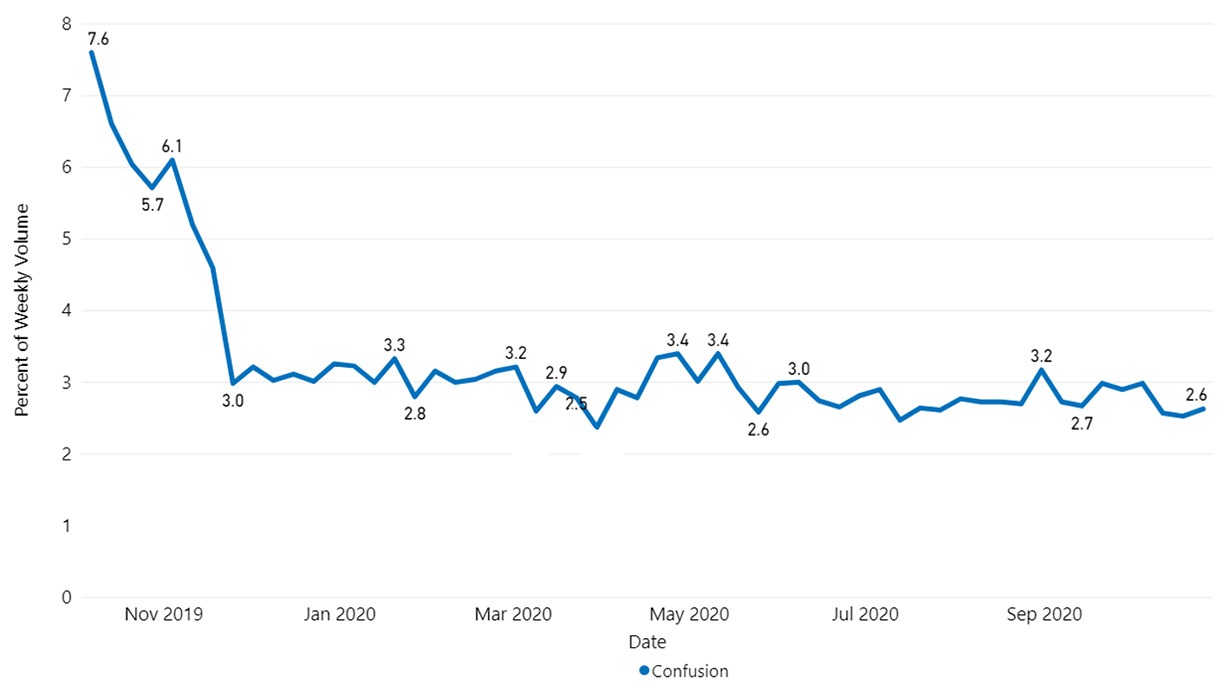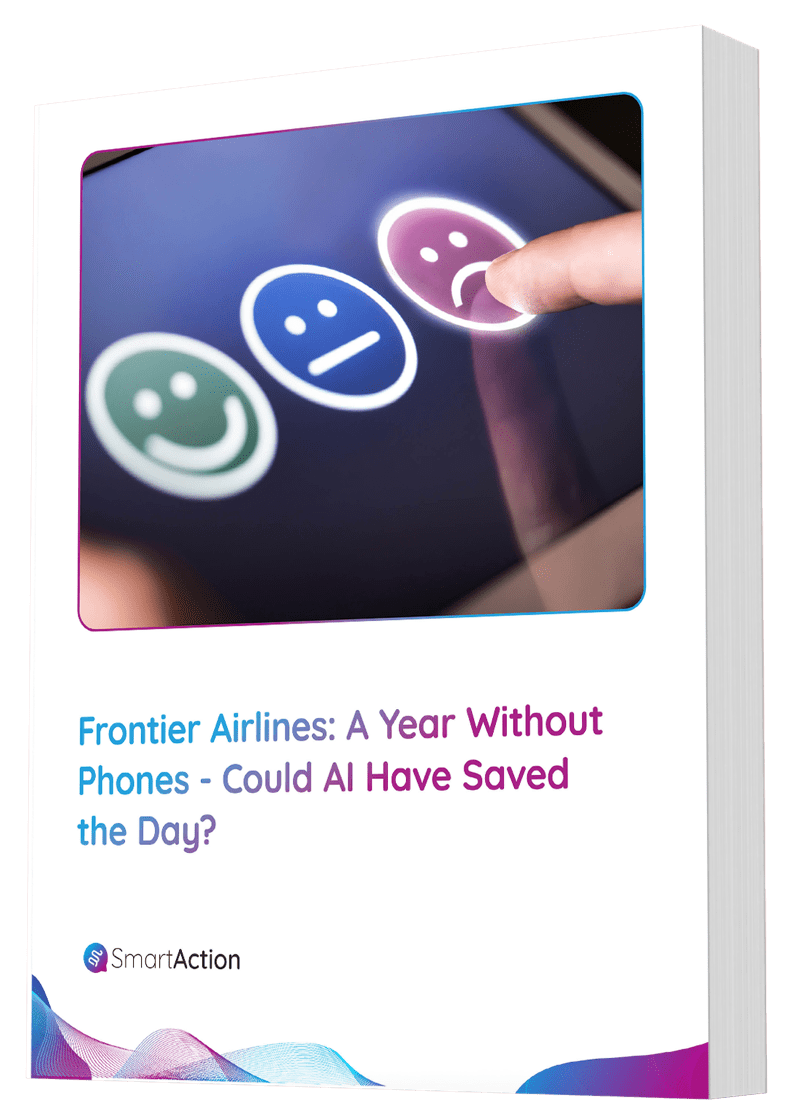From Skeptic to Believer: The Choice Hotels Story on AI-powered Virtual Agents for Voice
Earlier this month, Choice Hotels, the 2nd largest hotel franchiser in the world with more than 7,000 locations, took the stage for the virtual Customer Response Summit hosted by Execs In The Know. For the first time, they spoke out about their bumpy journey to getting a conversational AI experience worth talking about. Here are a few excerpts from Jason Coats, Sr. Director of Customer Care Strategy and Pauline Aponte, Sr Manager, Analytics & WFM.
Brian Morin: So, just to set the table for our audience, today’s conversation is with Choice Hotels, who is going to share some of their insights into a frictionless voice experience with conversational AI. We’re keeping the conversation to the voice channel today, and how that has impacted their business both from a CX standpoint and an ROI standpoint. Choice Hotels is the umbrella company for more than a dozen very well-known hotel brands, over 7,000 hotels, which makes them the second largest hotel franchiser in the world.
What is unique in this conversation today is that Choice Hotels is by no means a late cycle adopter to conversational AI technology. They were an early adopter going back about five years ago when they made their first attempt.
Even though the start was bumpy, they didn’t give up chasing the experience they wanted for their customer or the bottom line savings they expected, which is why they are speaking out about their journey today and the factors involved in turning them from skeptics to believers.
Jason, any opening remarks you want to start us off with?
 Jason Coats: Sure. As you mentioned, we’ve been on this transformative journey with AI self-service over the voice channel for about 5 years now, and we’ve had a number of growing pains along the way. Pauline probably has a few more welts than I do. Before we jump into those, let me kick it over to Pauline to share what we’re automating today.
Jason Coats: Sure. As you mentioned, we’ve been on this transformative journey with AI self-service over the voice channel for about 5 years now, and we’ve had a number of growing pains along the way. Pauline probably has a few more welts than I do. Before we jump into those, let me kick it over to Pauline to share what we’re automating today.
Pauline Aponte: We automate self-service for a number of interactions but the biggest would be in the area of reservations and rewards management. When someone calls in, the AI-powered virtual agents will capture some information from like city, state, zip code of where they want to stay, # of occupants, how many nights, check-in and check-out dates, and more. The call is then transferred to our agent along with all the information gathered so they can do the actual booking. While the AI could do the booking for us all the way through, we like to put a human touch on the call and provide an opportunity for upsell.
Brian Morin: Do you want to step us through some of your challenges when you originally tried to automate voice interactions.
Jason Coats: I was on the job maybe 60 days and company leaders had flown into Phoenix from all over the world for our quarterly business review. In a large room full of very important people, we decided to call into our IVA to test the experience with our virtual assistant that had been in production a couple years. It was excruciatingly painful. The machine actually hung up on us. As painful as that was, the team was already aware we needed a new provider that could give us something that was actually “conversational” in nature and deliver really high accuracy on the speech recognition.
Brian Morin: Many times when we do talks like this, it’s with a customer who is a first time user of conversational AI technology, so they’re usually speaking through the lens of a single vendor experience. In the case of Choice Hotels, you have worked with more than one vendor and have tried POCs and demos with multiple conversational AI platforms, so your arc is certainly a little different, a little broader than most. Any key findings that surprised you along the way?
Jason Coats: Well, we knew we needed to find the best AI technology available to us. That was table stakes. But what we didn’t know is how important it is to have a team of experts at your side for the life of your engagement – not just the initial deployment. Having the best AI tools helps but having the best people using them is what makes the difference. We talk with the SmartAction CX team every single week, if not daily, doing fine tuning. A conversational AI project over voice is something that evolves over time. This isn’t a, “Hey, let’s plug this in and it solves all our problems” kind of a scenario. Customers come at you from all directions. They don’t follow the “rules” or always say the words that you expect them to say. The SmartAction team works closely with us to monitor and constantly tweak and adjust to improve the CX and containment. And that’s particularly important when life throws you a curve ball like, oh, I don’t know, a global pandemic.
Pauline Aponte: SmartAction has a couple big data tools that give us really good insight into what’s actually happening and where we need to focus efforts. When we look at this over time, we can see how the AI gets stronger and smarter with time. For example, when we look at confusion transfers, we saw that drop week after week due to all the ongoing monitoring and tuning with SmartAction. After about 8 months, that confusion percentage dropped down really low and has stayed low ever since. Since SmartAction can put the finger on any confusion, they can send in their QA team to listen to those exact calls, identify the reason for the confusion and fix. Sometimes that might mean a SmartAction developer tuning a grammar or one of their CX designers evolving the conversation flow. Or maybe we just need to add a new business rule. Since SmartAction does this same process for so many other customers, we can leverage all that expertise and apply to our business. We’ve come to find that AI is only as good as the humans running it. Knowing what we know now, I can’t even imagine trying to tackle a voice self-service initiative without a team like SmartAction by our side who is committed to the journey after go-live.
Total Call Volume Transferred to Live Agents

SmartAction significantly reduced the number of confusion transfers – calls handed off to a live agent due to new or unexpected intents the virtual agent could not process. Performance over time shows a drastic improvement – the percentage of total call volume transferred to live agents drops from 7.6% to 2.6%.
To watch the full case study presentation with Choice Hotels, click here.






